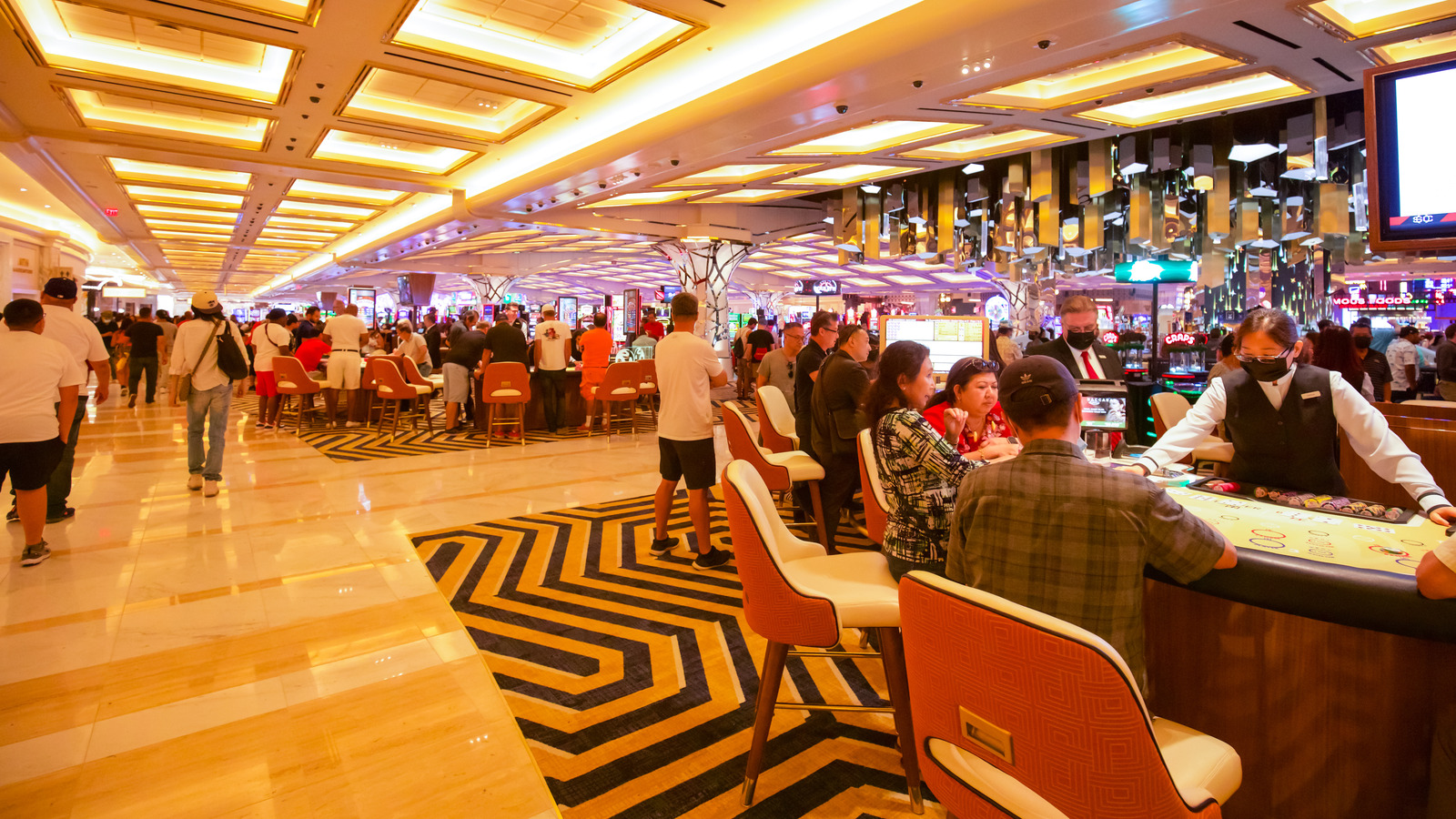
In a vibrant and stimulating world of gaming establishments, wherein fortune and strategy intertwine, hues and design play a pivotal role in attracting gamblers. King88 As soon as players step into a casino or access a gaming website, they are enveloped in a sightly feast that captures their attention and entices them to explore further. https://king88a.org/ Bright colors, engaging graphics, and innovative layouts are meticulously crafted to create an atmosphere of thrill and expectation, ultimately improving the gaming encounter.
While gamblers navigate through the dynamic landscape of casino games, they encounter a variety of designs that not only serve aesthetic purposes but also influence feelings and choices. Colors like scarlet and gold symbolize riches and luck, while calm blues and emeralds can create a more relaxed environment. Understanding how these elements work together enables casinos to create an inviting and energizing atmosphere that encourages players to interact with the games, invest more time at the tables, and increase their overall enjoyment.
The Study of Color in Gaming Establishments
Color plays a critical role in the creation of gaming experiences, affecting players’ emotional states and responses. Lively and striking shades, such as scarlet and gold, are often used to incite thrill and attract attention. These hues create a sense urgency and energy, encouraging gamblers to participate more readily with the game. By strategically selecting hues, creators aim to elicit emotions of joy and anticipation, which can enhance the total player experience.
Different colors also have psychological connotations that can influence how gamblers perceive their odds of success. For instance, emerald is often associated with luck and abundance, making it a frequent choice in activities like the roulette wheel and poker games. This association can cause participants to feel more optimistic and confident in their gaming, ultimately encouraging them to stake more. Grasping these connections allows game developers to craft environments that enhance player satisfaction and retention.
Moreover, the layout of casino game interfaces often utilizes gradients and contrasting shades to instruct players’ actions. For instance, successful outcomes may be accentuated with bright, differing shades, creating a visual cue. This method strengthens favorable outcomes and promotes repeated gameplay. By leveraging the science of color, gaming venues can create activities that not only attract participants but also maintain them engaged and invested in their gaming experience.
Design Features that Engage Players
The aesthetic appeal of gambling games is largely influenced by the use of vibrant colors. Lively and contrasting colors are deliberately chosen to create an appealing atmosphere that captures interest. For instance, crimson and golden hues often signify luck and prosperity, which is why they are common in the palettes of gaming machines and table surfaces. These colors not only draw players in, but they also evoke emotions associated with thrill and expectation, enhancing the total gaming experience.
In parallel to color, the aesthetic and organization of casino games play a crucial role in captivating players. Games are designed to be user-friendly, ensuring that players can quickly understand the rules and mechanics. User-friendly interfaces, along with captivating graphics and animations, help maintain gamer interest and promote extended play sessions. The physical elements, such as the feel of the controls and the audio of the games, also add to a holistic sensory experience that keeps players engaged.
Finally, conceptual elements in gaming design can greatly influence player choice. Many gambling games are inspired by popular culture, fairy tales, or exploration motifs, featuring symbols and characters that resonate with players. These themes create a sense of engagement and relatability, making each game feel distinct. When players feel a connection to the concept, they are more likely to choose that game over others, leading to increased participation and enthusiasm within the gambling environment.
Case Studies: Notable Gambling Game Designs
One key example of effective gambling game design is the popular slot machine series based around hit movies. Games such as those based on the Wizard of Oz and Game of Thrones utilize dynamic colors and high-quality graphics to immerse players in recognizable narratives. The use of moving visuals and captivating sound effects takes the focus of players, building an affective connection to the theme. This approach merely promotes longer play but also boosts the overall gaming experience, leading to increased player retention.
Another notable case is the use of the psychology of color in table games like 21 and the wheel. Casinos often design these games with deep reds and greens, colors traditionally connected with luck and wealth. For instance, the emerald felt on a 21 table provides a calming effect, while the red accents in roulette invite thrill. This thoughtful use of color helps to foster an inviting atmosphere that stimulates players to engage, fulfilling their psychological impulses and boosting their enjoyment.
Finally, online casino games that incorporate social features and vivid, lively designs have experienced remarkable success in engaging players. Games like Zynga’s Poker and Slotomania leverage vivid colors and playful animations to forge an inviting online environment. The integration of leaderboards, community sharing options, and in-app rewards promotes competition and community, attracting players in for longer sessions. Such designs not only make the games visually appealing but also emphasize community engagement, a key factor in player retention and engagement within digital casino environments.